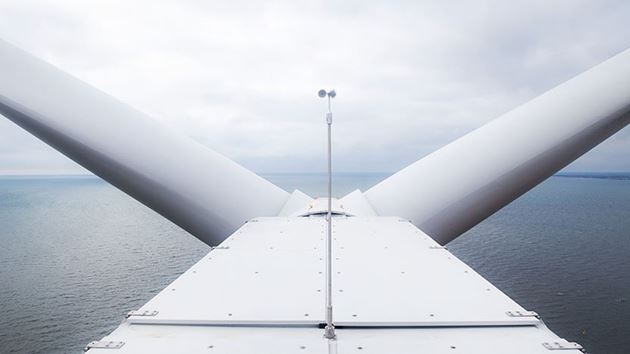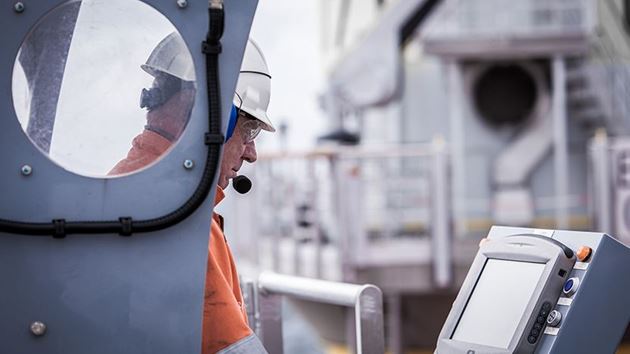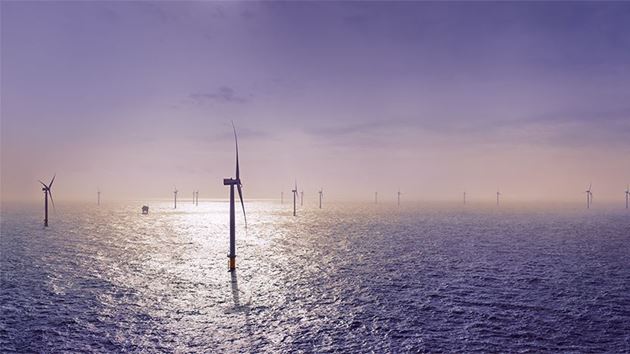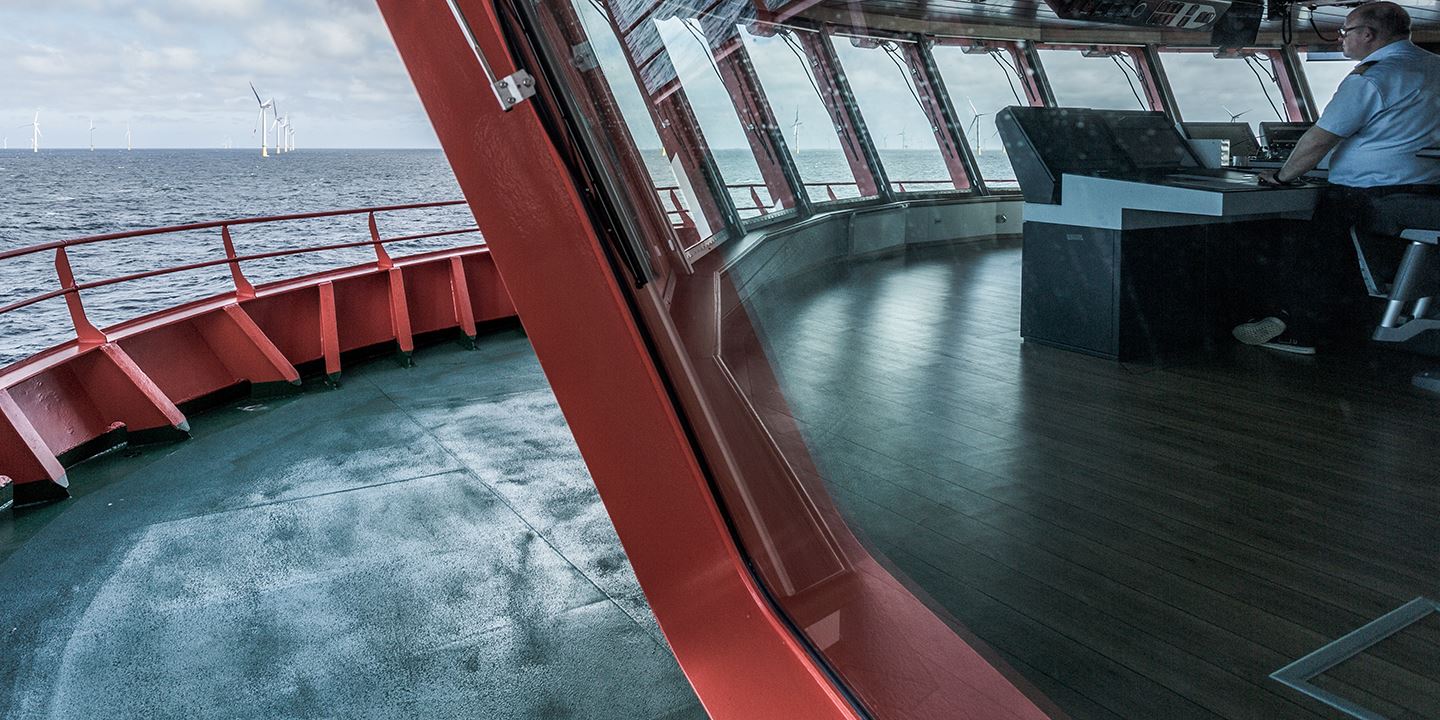
Offshore service: Remote diagnostics
It’s a matter of experience
If you would like to know more about our offshore services and remote diagnostics, please contact Siemens Gamesa.
info@siemensgamesa.comIt's eight o'clock in the morning one August day. The clouds move restlessly in the sky above the Danish city of Brande. Peter Nilaus Nielsen, Vibration Analyst, sits at his desk in the Siemens Gamesa Remote Diagnostic Center and looks at his screen in the shared office. In Brande, over 130 experts monitor more than 10,000 remotely connected wind turbines around the world, analyzing the data that continuously flows directly to the Diagnostic Center.
For this purpose, about 300 sensors are mounted on every single turbine. The data acquisition system in the turbine securely processes the data into a global Siemens Gamesa database. All authorized parties, like the Diagnostic Center team or the wind farm’s site management, have access to that database.
With it, the vibration analysts and data scientists in Brande are able to detect even the slightest irregularities that could indicate potential disturbances. Their ambitious goal is always to “detect and prevent”. So every irregularity can get processed at the earliest possible stage before it can causes any damage, ensuring the turbines run as long as possible.
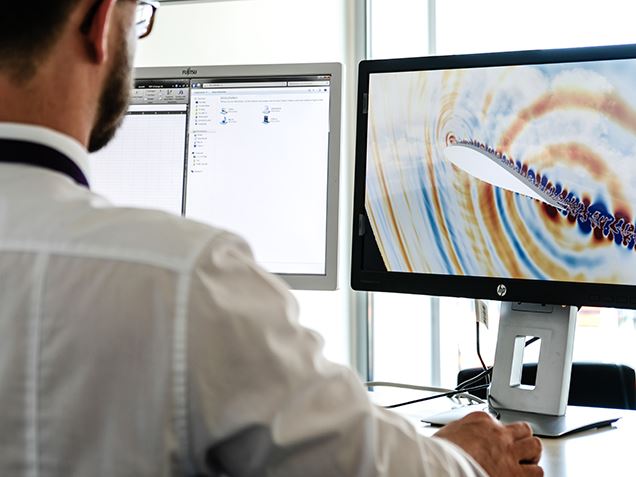
This morning, the first thing on Peter’s to-do list is logging in to the Pythia™ application and examining so-called “outlier alarms”. Named after the famous oracle of Delphi, the sophisticated vibration diagnostic platform analyzes digital data from Siemens Gamesa wind turbines worldwide. As a digital twin of a wind turbine’s drive train, Pythia™ allows enhanced asset management, reduced risk of turbine downtime, and improved spare part forecasting by detecting and predicting turbine faults at a very early stage.
Niels Lovmand Pedersen, Advisory Data Scientist and one of the architects of Pythia™ explains: “Siemens Gamesa has collected historical vibration data since 2004. By combining the years of accumulated domain knowledge at Siemens Gamesa with all the available turbine data in a data-driven approach, Pythia™ is now running state-of-the-art machine learning algorithms like neural networks for remote diagnostics – trained and optimized to locate damage indication signatures.”
Problems that are most likely to occur can now be detected during the commissioning of a turbine – with a detection hit rate of 99 percent for drive-train damage, such as main bearing damage or gear-tooth cracks.
We can draw completely wrong conclusions if we only base our results on the figures. What matters is expertise and experience – combined with reliable data and analysis.
On his screen Peter is now looking for almost invisible abnormal vibration patterns. “Pythia™ is tailored to find specific failure modes. With it we’re able to find vibration anomalies a technician could never even see on the turbine itself”, explains the vibration analyst.
All of a sudden, something in the list captures his attention. A 3.6 megawatt wind turbine in the North Sea is showing odd vibration patterns. “This could indeed develop into a failure in the distant future,” Nielsen explains. A small team dives deeper into the remote data analysis of this incident. It’s becoming ever more likely that minor damage in the turbine’s main bearing has caused the atypical vibration patterns – it is time to let the customer know.
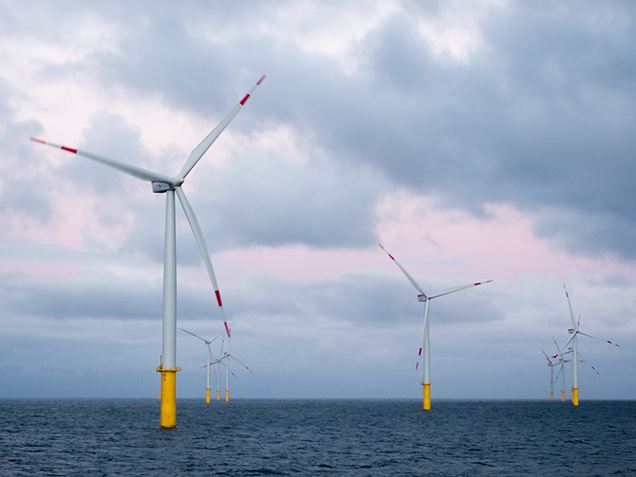
Bo Roemer-Odgaard, head of Vibration Diagnostics, emphasizes: “To ensure full transparency and avoid any bottlenecks during this complex process we’re informing everyone involved at the same time: the customer, the Operation Site Management which is permanently located near the wind farm, and the Siemens Gamesa Service & Engineering team.” Together with the customer, the expert team identifies various strategic options for possible action.
The cause of the vibration pattern will not negatively impact the turbine during the next six months. “Before we send a technician to personally check the main bearing, we always try to keep the turbine up and running as long as possible while carefully monitoring it. Most customers prefer this option to reduce downtime and get the highest value out of their asset”, says Bo.
Nonetheless, fall is coming and it will bring strong winds. They could make a late journey to the wind turbine a very tough task. And if the team waits too long the problem could quickly develop into real damage, which would remove the opportunity for quick action.
Therefore the customer and the Siemens Gamesa team vote for the second option: A service engineer is about to travel through the North Sea soon anyway and will bundle different site visits together economically. He is tasked with visually inspecting the turbine concerned to bring certainty about the case and provide additional data that will help make the right decision.
Bo keeps the customer at the center of everything he does: “If possible we provide full flexibility to our customers to give them the opportunity to individually decide based on their own risk management and calculations. Or if the customer wishes, Siemens Gamesa will decide and take care of the entire process.”
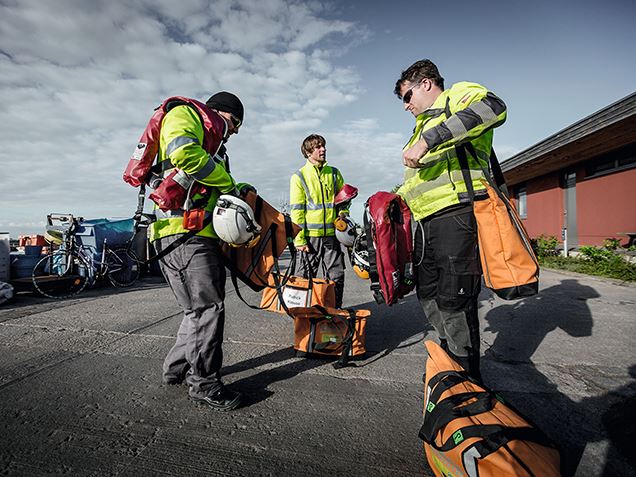
It does not happen often, but when a major component of an offshore wind turbine threatens to fail, agility and precision are needed. In some cases it’s even necessary to replace an entire component. This sets an extremely demanding logistical service process in motion: from accurate remote fault diagnosis to the transportation and replacement of heavy components weighing several tons on the high seas.
On- and offshore logistics experts work hand in hand to prepare the heavy-duty parts, tools, specialists, and jack-up vessels specially developed for this purpose. In wind, rain, and sea, every move made by the experienced crew has to be perfectly executed.
With our mini-series, you can learn more about the offshore service logistics concept from Siemens Gamesa, what matters when replacing heavy turbine components ("heavy-lift exchanges"), and why customers can save time and money if they have a reliable and experienced service partner by their side. This is part one of the triology.

